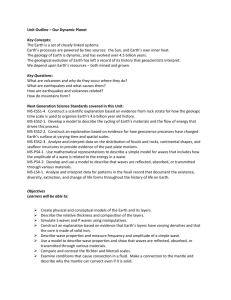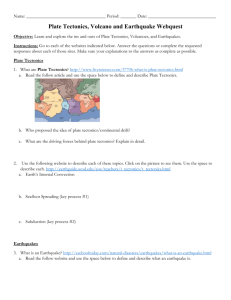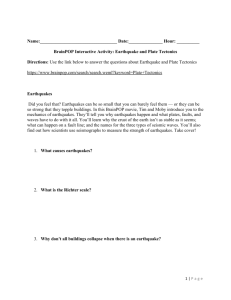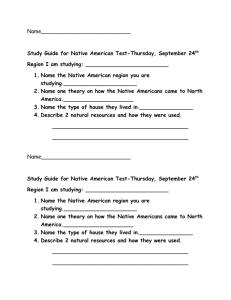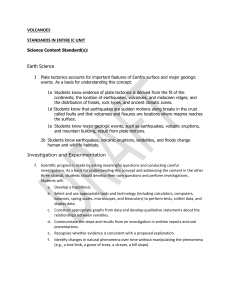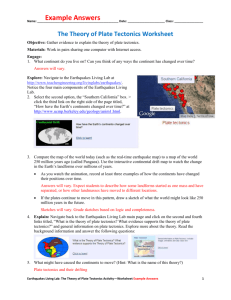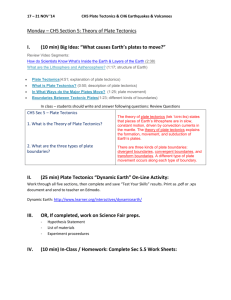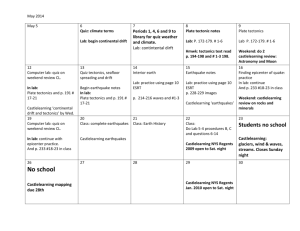Coordinated Science Physical, Earth, and Space Sciences Chapter
advertisement
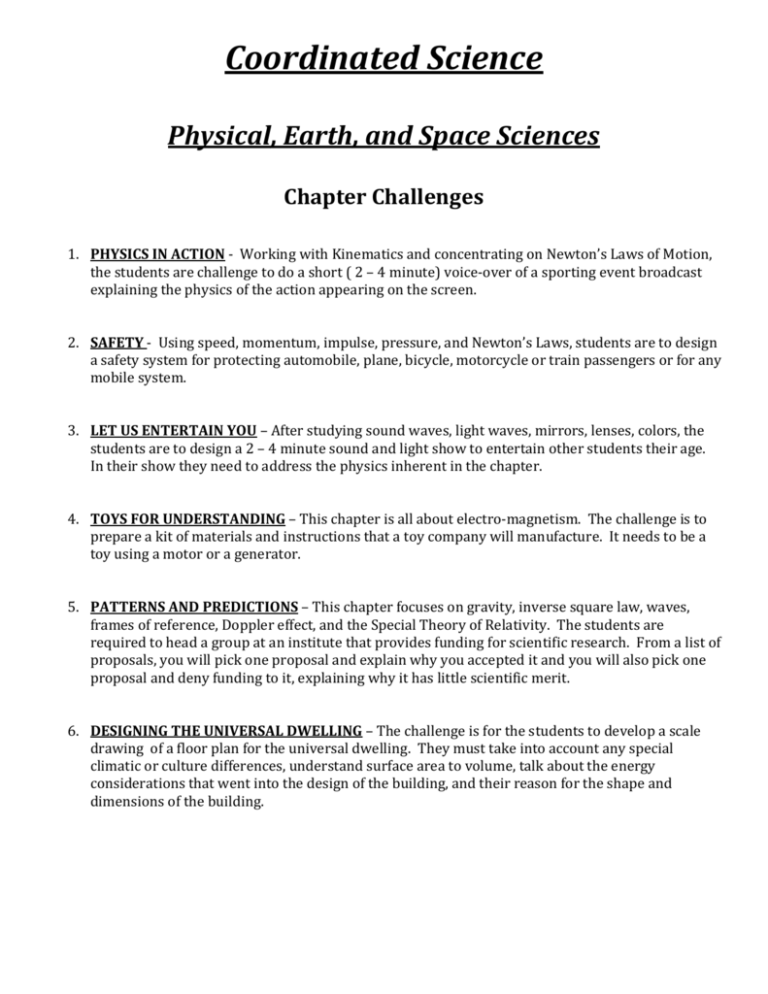
Coordinated Science Physical, Earth, and Space Sciences Chapter Challenges 1. PHYSICS IN ACTION - Working with Kinematics and concentrating on Newton’s Laws of Motion, the students are challenge to do a short ( 2 – 4 minute) voice-over of a sporting event broadcast explaining the physics of the action appearing on the screen. 2. SAFETY - Using speed, momentum, impulse, pressure, and Newton’s Laws, students are to design a safety system for protecting automobile, plane, bicycle, motorcycle or train passengers or for any mobile system. 3. LET US ENTERTAIN YOU – After studying sound waves, light waves, mirrors, lenses, colors, the students are to design a 2 – 4 minute sound and light show to entertain other students their age. In their show they need to address the physics inherent in the chapter. 4. TOYS FOR UNDERSTANDING – This chapter is all about electro-magnetism. The challenge is to prepare a kit of materials and instructions that a toy company will manufacture. It needs to be a toy using a motor or a generator. 5. PATTERNS AND PREDICTIONS – This chapter focuses on gravity, inverse square law, waves, frames of reference, Doppler effect, and the Special Theory of Relativity. The students are required to head a group at an institute that provides funding for scientific research. From a list of proposals, you will pick one proposal and explain why you accepted it and you will also pick one proposal and deny funding to it, explaining why it has little scientific merit. 6. DESIGNING THE UNIVERSAL DWELLING – The challenge is for the students to develop a scale drawing of a floor plan for the universal dwelling. They must take into account any special climatic or culture differences, understand surface area to volume, talk about the energy considerations that went into the design of the building, and their reason for the shape and dimensions of the building. 7. THE PERIODIC TABLE - The challenge is to develop a game related to Mendeleev’s Periodic Table of the Elements. The students will study the patterns and periodicities of the table, ionization energies, covalent and ionic bonding, valence electrons, oxidation numbers, single displacement reactions, etc. 8. MOVIE SPECIAL EFFECTS – The challenge is to create a storyline and produce special effects based on the chemistry you learned during the chapter. Students will be studying polymers, density, colloids, phase changes, kinetic and potential energies, etc. 9. COOL CHEMISTRY – After studying polyatomic ions, reaction rates, exothermic, endothermic reactions, chemical equations, acids, bases, and more the students will be presenting an entertaining and informative chemistry science show to fourth and fifth graders. 10. ASTRONOMY AND YOUR COMMUNITY - The challenge is to develop a publication that you can share your knowledge with fellow citizens and publish a booklet that will discuss some of the possible hazards from outer space. Students will be studying the moon, solar system, stars, galaxies, and the formation of the universe. 11. CLIMATE CHANGE AND YOUR COMMUNITY - The student groups will be writing a series of articles addressing how the global climate has changed over time and reasons for this. They will be studying global warming, greenhouse gasses, Milankovitch cycles, plate tectonics, ocean currents, etc. 12. ENERGY RESOURCES AND YOUR COMMUNITY – Students are immersed in the study of fossil fuels, their origin, how they are mined, how they are refined, renewable and non renewable resources etc. Their challenge is to produce a report written for a general audience. In the report they will critically analyze the energy use in their community and to provide realistic solutions to avoid an energy supply shortage. 13. VOLCANOES AND YOUR COMMUNITY – The chapter challenge is to write a screenplay or story, set in your community that would help audiences understand volcanoes and the hazards they present and how they are just a part of the earth system. They will be studying different types of volcanoes, the mechanism for eruption, plate tectonics, composition of different lavas, topographic maps, etc. 14. PLATE TECTONICS AND YOUR COMMUNITY – The students will be making a presentation (Power Point, I-Movie, web page, poster, etc.) to a group of middle school students to help them understand plate tectonics. They will be studying subduction zones, divergent and convergent areas, density, igneous rocks, Pangea, etc. 15. EARTHQUAKES AND YOUR COMMUNITY – The challenge is to design a brochure that will educate the public about why earthquakes occur, how they transmit energy, explain effect associated with earthquakes, and how to reduce the damage caused by earthquakes. They will study S and P waves, seismometers, Mercalli Scale, global distribution of earthquakes, resonance, etc.


